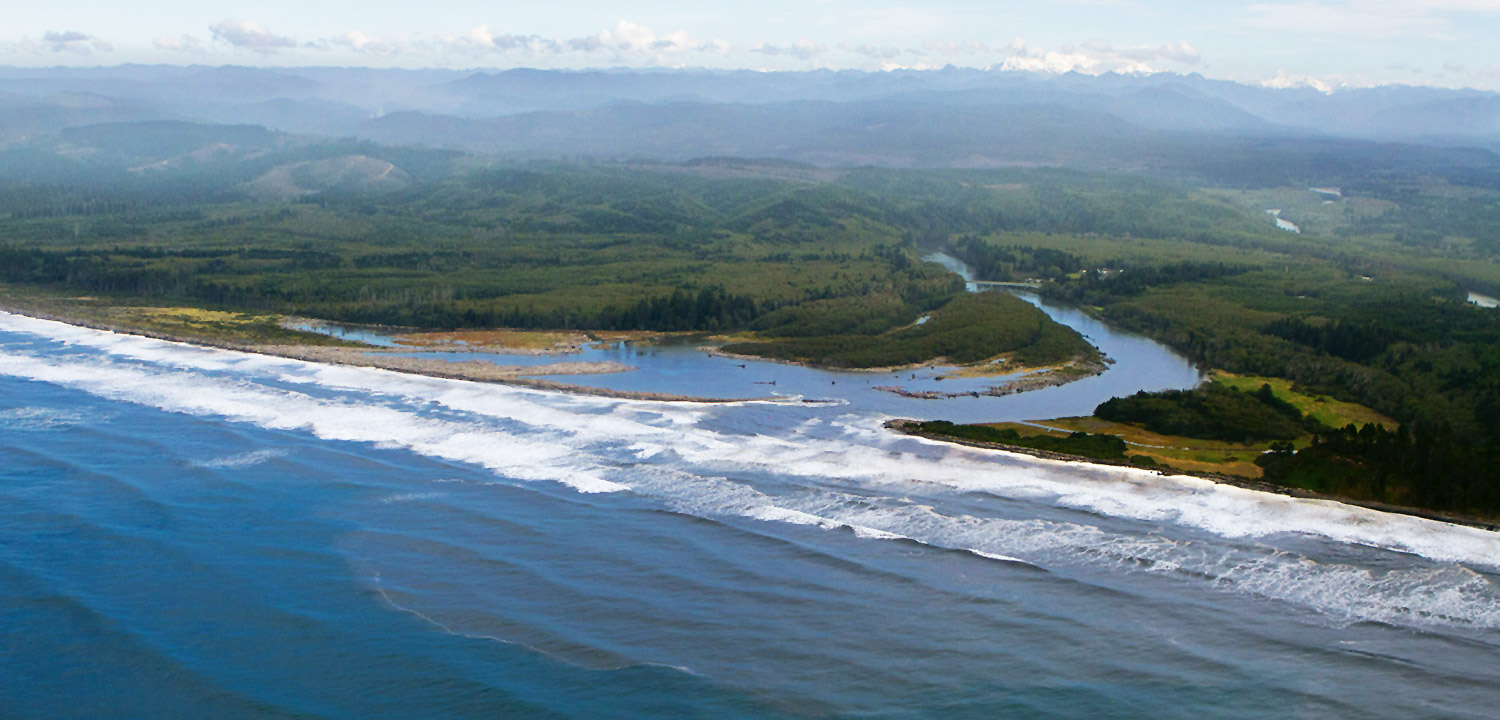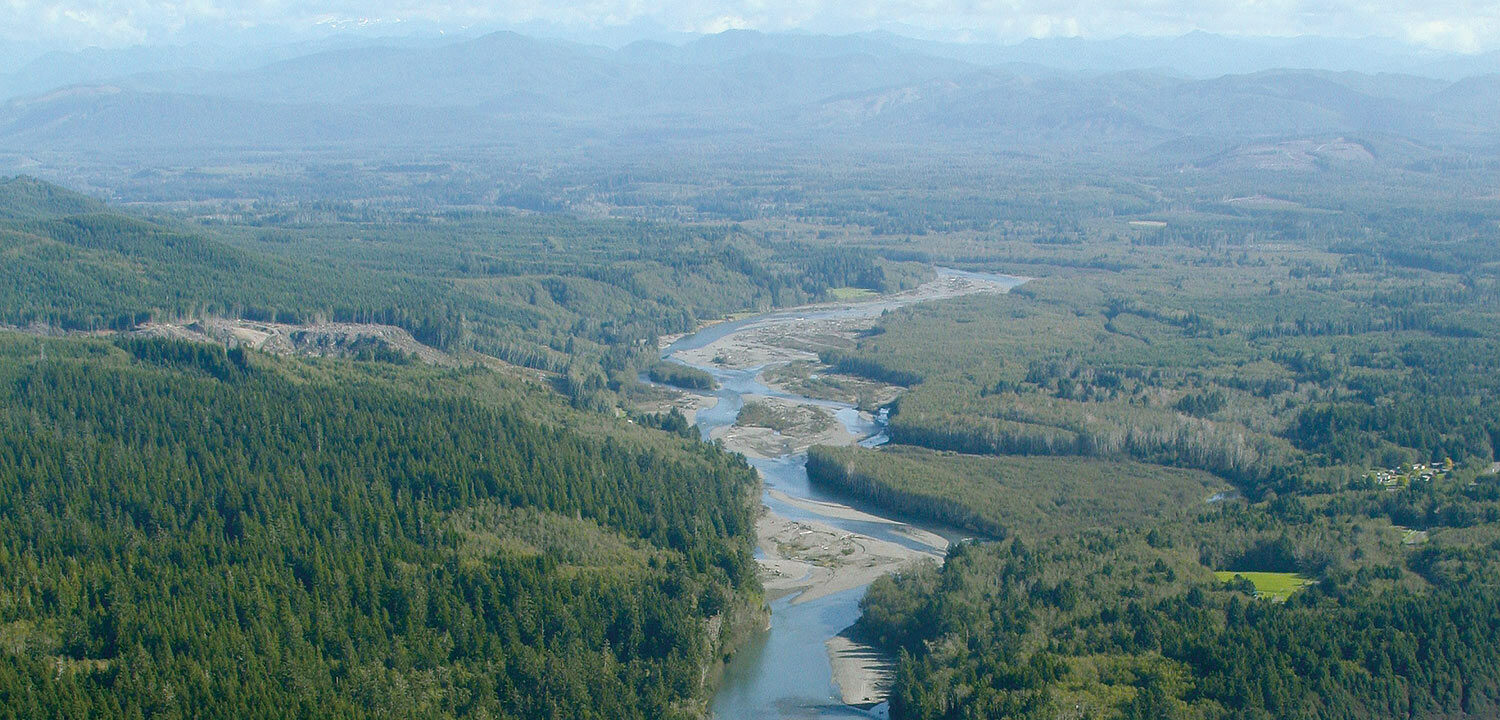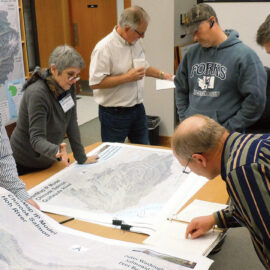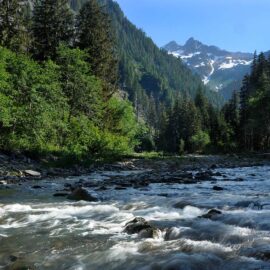Volunteer-based environmental aviation organization provides donated flights to conservation groups.
Everything looks different from the seat of a one-engine Cessna plane thousands of feet in the air. That new perspective is exactly what LightHawk strives to make available to its partners, and what Wild Salmon Center Staff recently enjoyed.
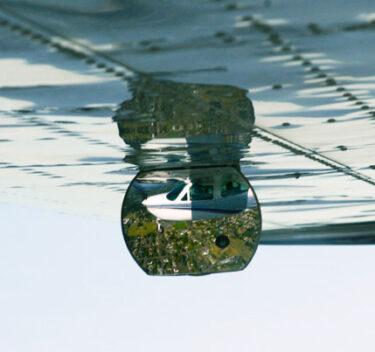
LightHawk is a volunteer-based environmental aviation organization that provides donated flights to conservation groups to help them make headway on their work. Whether monitoring a restoration project, identifying areas hard hit by clear-cutting, or simply trying to get a bird’s eye view of a region’s most productive habitat, LightHawk values a problem-solving approach that considers the needs of both human society and the natural world.
On a clear early-fall day when the trees were just starting to turn their beautiful shades of gold and red, three WSC staff members, and volunteer pilot and LightHawk Board member Jane Nicolai climbed on board her 4-seater Cessna Cardinal 177RG and headed for the majestic rivers and mountains of Washington’s Olympic Peninsula. Nicolai was joined by WSC Washington Program Manager Devona Ensmenger, who best knows the stories behind each river and coastline; WSC Fisheries Biologist Mihael Blikshteyn, who was enjoying the opportunity to show off his photography skills from new heights; and WSC Communications Manager Lori Howk, who organized the venture.
In a matter of a couple of hours they photographed what would have taken them days by car: the coasts of Washington, the Quinault, Queets, Hoh, and Quillayute, passing over project site areas as far south as the Bear River and north to the Clearwater River and beyond. From such heights the crew was able to see how the landscape had changed over the years from development and logging, which rivers were still allowed to flow free — unencumbered by dams or obstructions, and rich, intact salmon rivers with bends, twists and floodplains stretching into the distance as far as the eye could see.
This trip held special significance for Wild Salmon Center Staff: WSC began work in the Hoh River in 1999 as part of a team to assess salmon distribution and habitat status. We supported land acquisitions based on our assessments and worked with partners to establish the Hoh River Trust. Today, over 7,000 acres are permanently protected from the river’s mouth to the headwaters.
We would like to thank LightHawk for this unique opportunity to capture these amazing photos of the Hoh and other great salmon rivers of the Olympic Peninsula.
